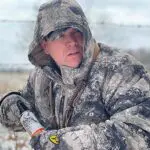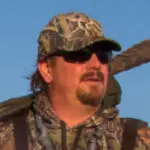Get the First in-stock
[".bc-product-form__quantity",".bc-btn--add_to_cart"]
×
Continue Shopping
Register to receive a notification when this item comes back in stock.
- Home
- /Blog
Blog
Blocker Outdoors uses cookies to improve your shopping experience. View our Privacy Policy to learn more.

